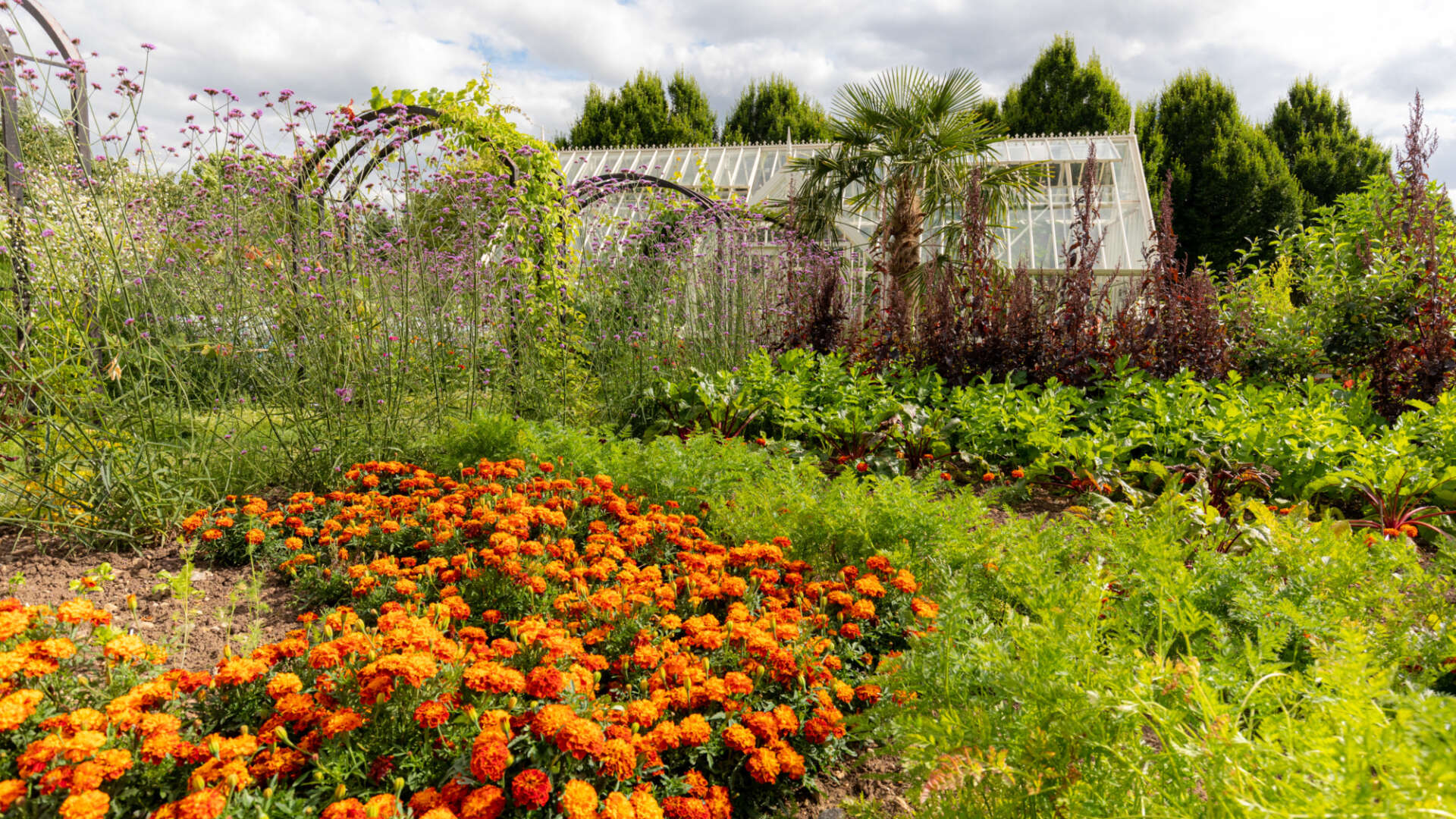Plants with alternative uses

It may be a leaf that stops your skin itching, a root that makes a good dye or even a stem that can be made into twine.
We've already been researching what can be done with some of the plants growing at Ryton Organic Gardens. Without even growing anything new, we have found many plants in place which have a multitude of alternative uses.
For example, Soapwort (Saponaria officinalis) that has been happily spreading in a bed close to our café is very high in saponins and can be boiled up and used as a soap for cleaning fabrics. Even something commonly found adorning front gardens such as Phormium has alternative uses, with the leaves making a good quality twine or weaving material.
We have also tried growing a few new plants for dying including woad. This plant produces a deep blue colour that is extremely stable. It is reputed that the saying ‘true blue’ originated in Coventry, as this dye was used extensively in Medieval times, when the city was a major centre for fabric production. There are a number of ways of extracting the colour from the leaves, one of them involving steeping them in a vat of urine!
If you practice any unusual uses of plants then we'd love to hear about the results you are experiencing please help us by filling out our questionnaire.Thank you!